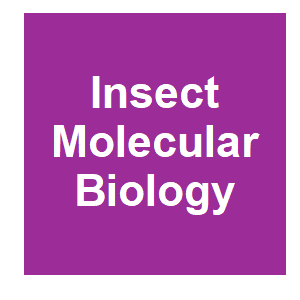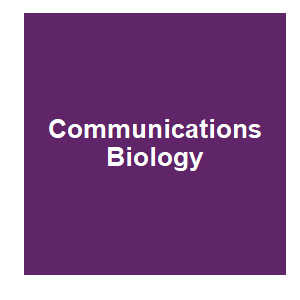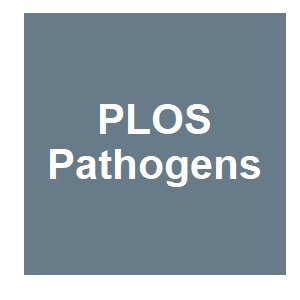
Keywords: immunity

|
Assessing Aedes aegypti candidate genes during viral infection and Wolbachia-mediated pathogen blockingL. T. Sigle, M. Jones, M. Novelo, S. A. Ford, N. Urakova, K. Lymperopoulos, R. T. Sayre, Z. Xi, J. L. Rasgon and E. A. McGraw, Insect Molecular Biology, 2022.
Abstract One approach to control dengue virus transmission is the symbiont Wolbachia, that limits viral infection in mosquitoes. Despite plans for its widespread use in Aedes aegypti, Wolbachia's mode of action remains poorly understood. Many studies suggest that the mechanism is ... Keywords: Anopheles, Cas9, CRISPR, FREP1, immunity, mosquito |

|
Wolbachia reduces virus infection in a natural population of DrosophilaR. Cogni, S. D. Ding, A. C. Pimentel, J. P. Day and F. M. Jiggins, Communications Biology, 4:1327. 2021.
Wolbachia is a maternally transmitted bacterial symbiont that is estimated to infect approximately half of arthropod species. In the laboratory it can increase the resistance of insects to viral infection, but its effect on viruses in nature is unknown. Here we report that in a ... Keywords: Anopheles, Cas9, CRISPR, FREP1, immunity, mosquito |

|
The Antiviral Small-Interfering RNA Pathway Induces Zika Virus Resistance in Transgenic Aedes aegyptiA. E. Williams, I. Sanchez-Vargas, W. R. Reid, J. Y. Lin, A. W. E. Franz and K. E. Olson, Viruses, 12:18. 2020.
We used CRISPR/Cas9 to re-target a previously characterized locus (Chr2:321382225) and engineered mosquitoes expressing an inverted repeat (IR) dsRNA against the NS3/4A region of the ZIKV genome. Small RNA analysis revealed that the IR effector triggered the mosquito's siRNA ... Keywords: Anopheles, Cas9, CRISPR, FREP1, immunity, mosquito |

|
Stable Introduction of Plant-Virus-Inhibiting Wolbachia into Planthoppers for Rice ProtectionJ. T. Gong, Y. Li, T. P. Li, Y. Liang, L. Hu, D. Zhang, C. Y. Zhou, C. Yang, X. Zhang, S. S. Zha, X. Z. Duan, L. A. Baton, X. Y. Hong, A. A. Hoffmann and Z. Xi, Current Biology, 30:4837-4845.e5. 2020.
Progress has been made in developing the maternally inherited endosymbiotic bacterium Wolbachia as a tool for protecting humans from mosquito-borne diseases. In contrast, Wolbachia-based approaches have not yet been developed for the protection of plants from insect pests and ... Keywords: Anopheles, Cas9, CRISPR, FREP1, immunity, mosquito |

|
Engineered symbionts activate honey bee immunity and limit pathogensP. Leonard Sean, J. E. Powell, J. Perutka, P. Geng, C. Heckmann Luke, D. Horak Richard, W. Davies Bryan, D. Ellington Andrew, E. Barrick Jeffrey and A. Moran Nancy, Science, 367:573-576. 2020.
Honey bees are essential pollinators threatened by colony losses linked to the spread of parasites and pathogens. Here, we report a new approach for manipulating bee gene expression and protecting bee health. We engineered a symbiotic bee gut bacterium, Snodgrassella alvi, to ... Keywords: Anopheles, Cas9, CRISPR, FREP1, immunity, mosquito |

|
CRISPR/Cas9 -mediated gene knockout of Anopheles gambiae FREP1 suppresses malaria parasite infectionDong, YS, Maria L.; Marois, Eric; Dimopoulos, George, PLOS Pathogens, 14:e1006898. 2018.
The causative agent of malaria, Plasmodium, has to complete a complex infection cycle in the Anopheles gambiae mosquito vector in order to reach the salivary gland from where it can be transmitted to a human host. The parasite’s development in the mosquito relies on numerous ... Keywords: Anopheles, Cas9, CRISPR, FREP1, immunity, mosquito |

Contact
David O’Brochta
Foundation for the
National Institutes of Health
geneconvenevi@fnih.org
RSS

